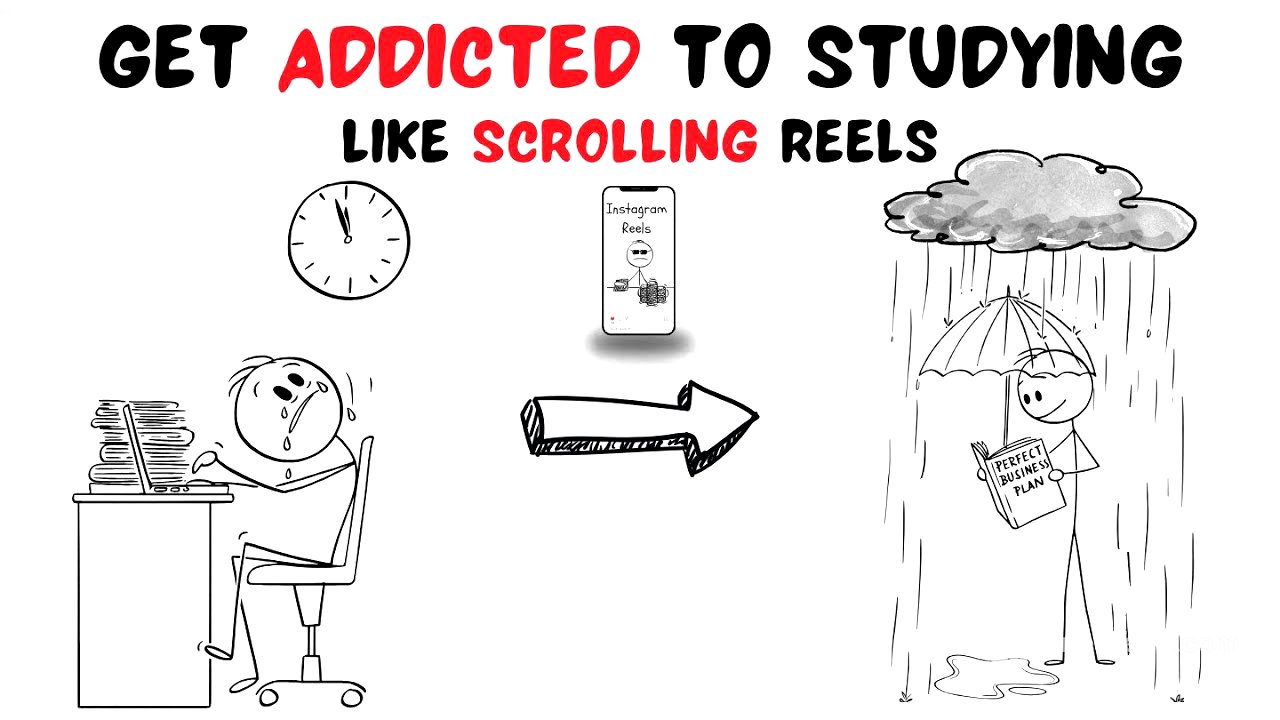TLDR;
This video explains how to "hack" your brain to crave studying by understanding and manipulating dopamine levels. It details how social media provides easy dopamine hits, making studying seem unappealing. The solution involves a two-part approach: resetting your dopamine baseline through a mini-dopamine detox and making studying more rewarding to increase its position on your brain's pleasure scale.
- Reset dopamine baseline with daily boredom exercises.
- Make studying rewarding by breaking it into small chunks, using the Pomodoro technique, and connecting it to personal interests.
The Dopamine Problem [0:00]
The core issue is the overstimulation of dopamine release by social media, which makes studying seem less appealing. Dopamine, a neurotransmitter associated with pleasure, is constantly sought by the brain. Social media provides a continuous stream of novelty and stimulation with minimal effort, leading to a dopamine overload. In contrast, studying requires effort and focus, with the dopamine payoff feeling distant compared to the instant gratification from platforms like TikTok.
Resetting Your Dopamine Baseline [1:22]
To recalibrate the dopamine system, a mini dopamine detox is recommended. This involves spending 15 minutes each day in complete boredom, without any form of stimulation like phones or music. This practice aims to lower the dopamine baseline, making simpler pleasures more noticeable. Initially, this detox will feel difficult as the brain craves stimulation, but after about a week, the baseline will start to lower, and the brain will become more receptive to smaller rewards.
Making Studying Rewarding [2:40]
To make studying more appealing, it needs to deliver more dopamine. This can be achieved by reframing textbooks as sources of valuable knowledge and creating a reward system. Break down study material into small, manageable sections, and reward yourself with a checkmark or star upon completion to trigger a small dopamine release. Utilize the Pomodoro technique, which involves 25 minutes of focused study followed by a five-minute break, to make studying feel like a finite challenge. Explaining concepts aloud and connecting them to personal interests can also enhance the learning experience and increase dopamine release.









